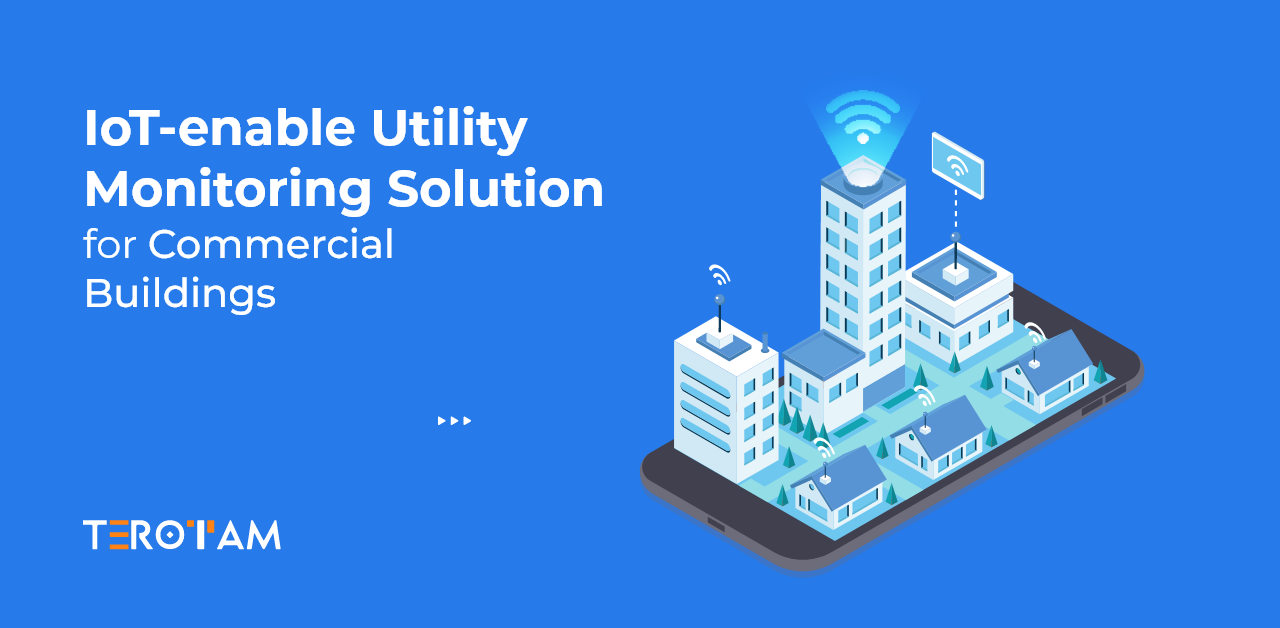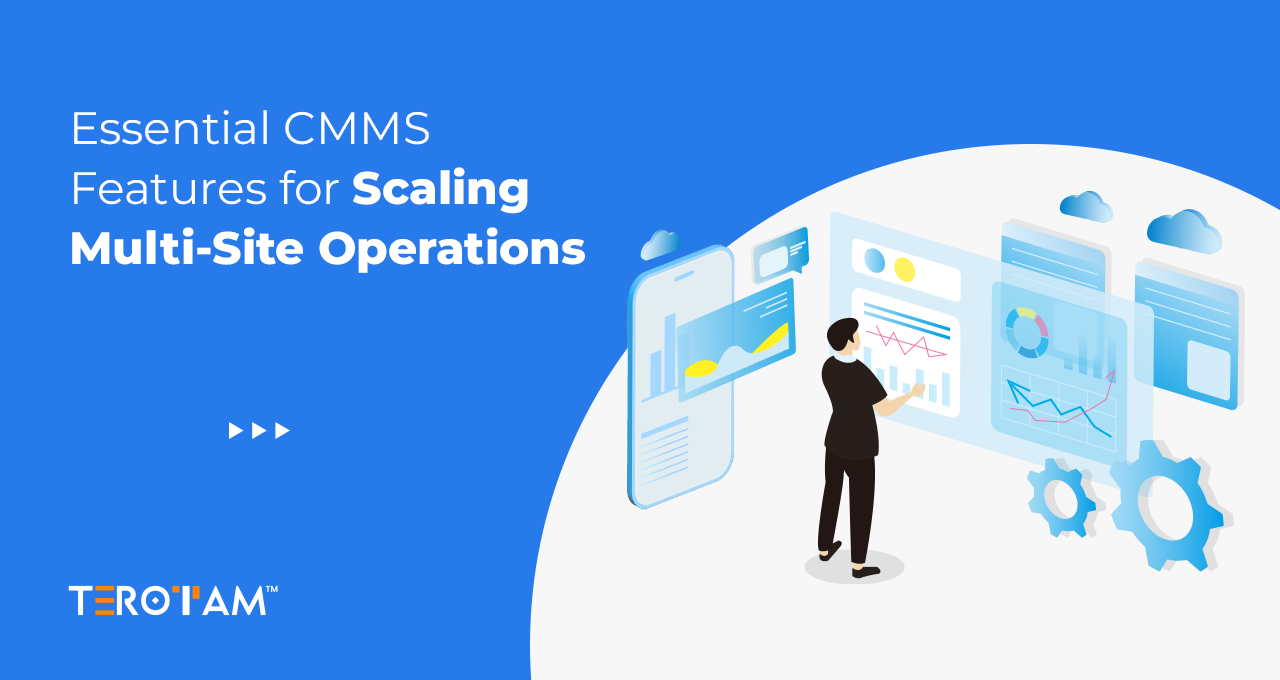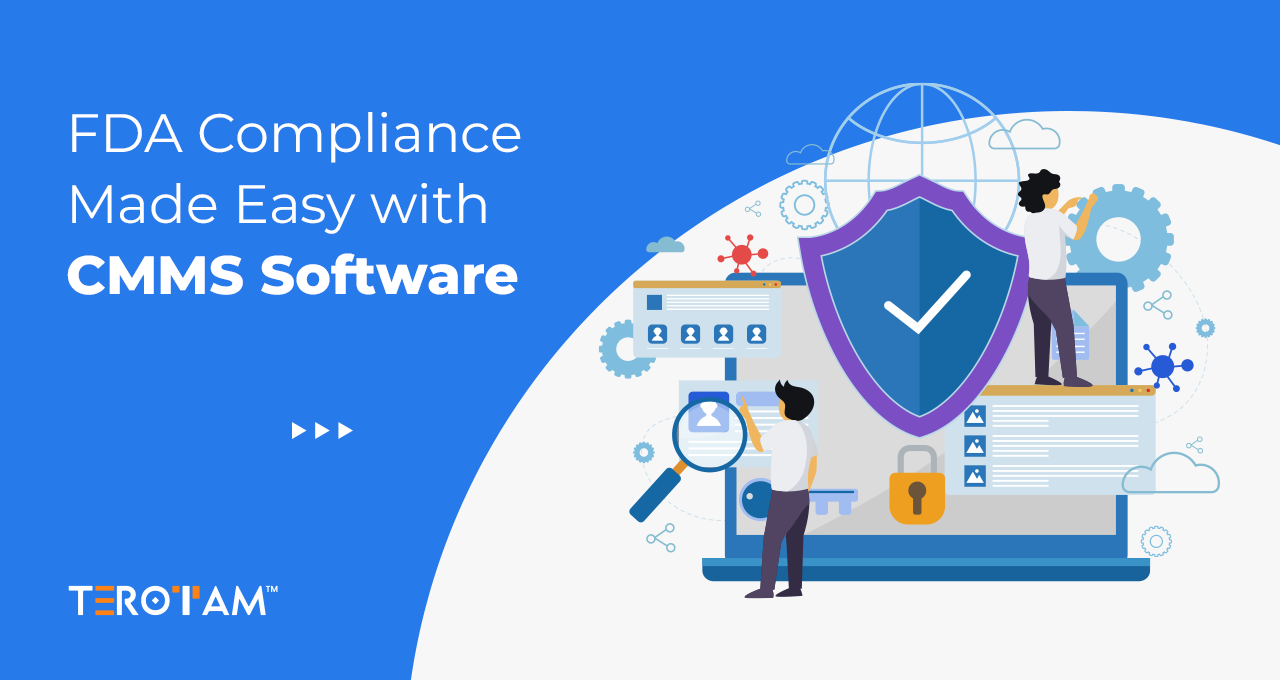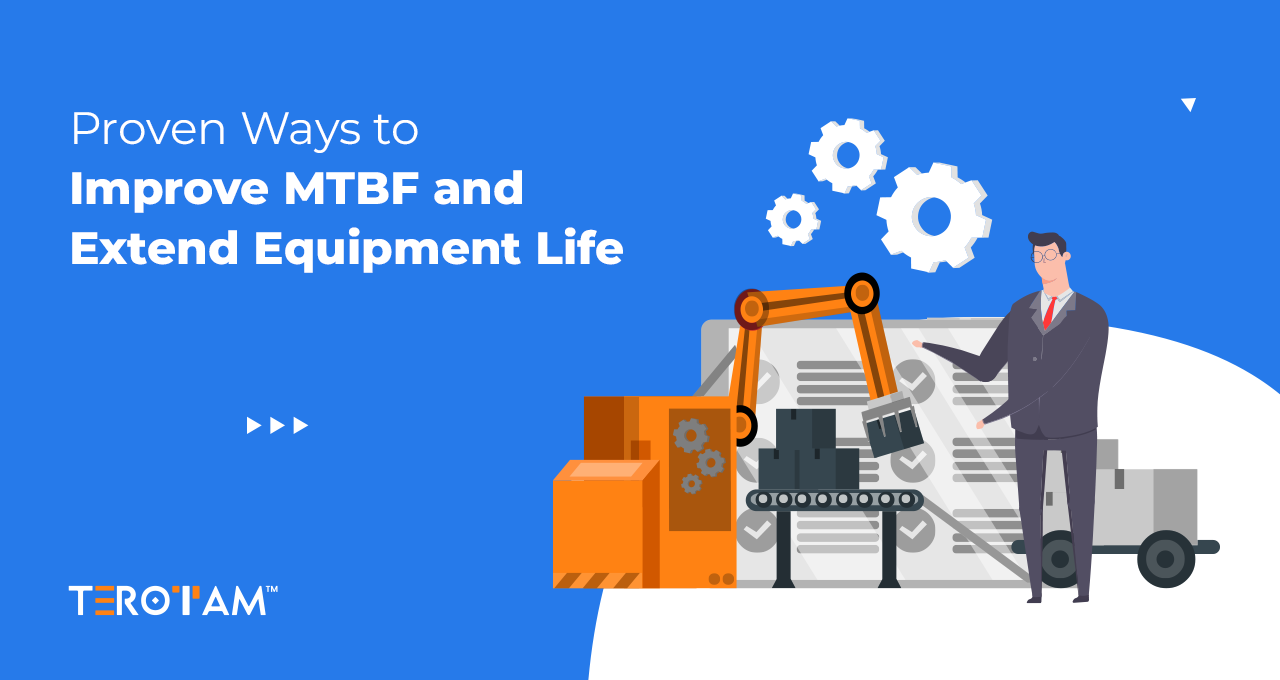Utility management in commercial buildings is no walk in the park. From tracking energy and water consumption to managing renewable resources, the process often feels like an uphill battle, especially when inefficiencies and unexpected costs creep in. Without effective monitoring in place, resource wastage, billing errors, and operational hiccups become regular roadblocks, impacting both budgets and sustainability efforts. A well-organized approach to utility management is no longer a luxury but a necessity to keep operations efficient and environmentally conscious.
IoT-based utility monitoring systems provide a smarter way to overcome these hurdles. These cutting-edge solutions tap into real-time data, offering businesses an unprecedented level of insight and control over their utility consumption. They streamline processes, eliminate waste, and empower organizations to align their operations with cost-saving and sustainability goals, all while ensuring day-to-day efficiency.
This article focus into the world of IoT-based utility monitoring, uncovering its role in tackling utility challenges, enhancing operational workflows, and paving the way for more resourceful commercial spaces.
Challenges in Utility Monitoring in Commercial Buildings
Managing utilities in commercial buildings is a complex task, often hindered by outdated systems and disconnected processes. These challenges result in inefficiencies, inflated costs, and missed opportunities for optimization.
Without real-time insights and integrated tools, businesses struggle to maintain control over resource usage and align with sustainability goals. Addressing these obstacles requires a modern, scalable approach to utility monitoring.
- Disconnected Systems: Fragmented tools for energy, water, and gas create inefficiencies and hinder optimization.
- High Utility Costs: Lack of accurate tracking leads to overuse, wastage, and inflated bills.
- Limited Real-Time Data: Delays in identifying anomalies like leaks or power surges increase expenses.
- Scalability Issues: Traditional systems often fail to grow with expanding operations or unique site needs.
- Manual Processes: Dependence on manual data collection slows decision-making and introduces errors.
- Sustainability Setbacks: Inefficient tracking of renewable energy and recycling hampers eco-friendly initiatives.
Why IoT-Based Utility Monitoring is Crucial for Commercial Buildings?
Commercial buildings today face increasing pressure to run efficiently, control costs, and adopt sustainable practices. Traditional approaches to utility management often fall short, leaving gaps in data accuracy, resource optimization, and overall efficiency. IoT-based utility monitoring steps in as a transformative solution, helping businesses tackle these challenges with precision and ease.
Real-Time Data for Smarter Choices
It is just like having a window into your building’s utility consumption that gives you freedom to look into it at any given moment. IoT-based systems deliver—real-time insights into electricity, water, gas, and even renewable energy usage. Facility managers no longer have to guess where inefficiencies lie. With instant data, decisions can be based on facts, whether it’s fixing a power surge or addressing an unexplained spike in water consumption.
Accuracy in Resource Allocation
IoT systems dig deep into usage patterns, helping you uncover exactly where and when resources are being used most. Armed with this knowledge, businesses can ensure utilities are used wisely and in line with actual needs. This not only trims unnecessary costs but also fosters a culture of mindful resource usage.
Seamless Oversight Across Locations
Managing utilities across multiple sites can feel like juggling with one hand tied behind your back. IoT-based systems make this easier by pulling data from every location into a single, user-friendly dashboard. Whether you’re monitoring a head office or a branch across the city, you get a clear, unified view of consumption, eliminating redundancies and improving coordination.
Staying Ahead of Maintenance Issues
Small problems can spiral into big expenses when left unchecked. IoT systems act like a watchdog, alerting you to irregularities before they escalate. Whether it’s a leaky pipe or an overworked HVAC system, these early warnings allow you to take immediate action, saving time, money, and resources.
Savings That Speak for Themselves
IoT monitoring takes the guesswork out of billing. Automated data collection ensures accurate readings and integrates seamlessly with invoicing systems, putting an end to discrepancies and manual errors. Over time, this translates into significant cost savings while freeing up administrative bandwidth for more strategic tasks.
How IoT-Based Utility Monitoring Reduces Costs and Boosts Financial Control?
Utility costs can quickly spiral out of control in commercial buildings without the right systems in place. Traditional methods often fail to provide the level of insight needed to make informed decisions, leading to wasted resources and inflated expenses.
IoT-based utility monitoring solves this issue by offering real-time data that helps businesses track usage precisely, identify inefficiencies, and take immediate corrective actions to keep costs in check.
- Provides real-time tracking of utility consumption across all resources.
- Detects anomalies, such as leaks or power surges, that could lead to higher costs.
- Automates data collection, reducing the risk of errors and discrepancies.
- Offers insights into consumption patterns to help businesses identify wasteful practices.
- Helps businesses track performance against sustainability goals, preventing unnecessary expenses.
- Integrates seamlessly with billing systems for accurate invoicing and cost control.
- Centralizes utility data across multiple sites, enabling better management and cost efficiency.
- Allows for predictive analytics to forecast future consumption and plan budgets effectively.
- Prioritizes high-consumption areas, enabling targeted cost-saving measures.
How TeroTAM’s Utility Management Solution Fit Your Requirements?
TeroTAM’s Utility Management Solution is designed to address the unique challenges of managing utilities in commercial buildings. With its advanced features and integration capabilities, it enables businesses to streamline operations, enhance cost management, and align with sustainability goals.
Here’s how TeroTAM’s solution can meet your specific utility management needs:
1. Comprehensive Utility Meter Coverage
TeroTAM supports a wide range of utility meters, ensuring complete coverage of all essential resources across commercial buildings. The system can monitor:
- PNG (Natural Gas) meters
- Domestic and Recycled Water meters
- Electricity meters
- Solar Energy meters
This multi-utility support enables businesses to track all aspects of their energy and water usage, fostering greater efficiency and sustainability.
2. Site and Location Management
The solution enables businesses to manage utility meters across multiple sites and locations, offering centralized monitoring and control. This feature allows businesses to monitor utility consumption across diverse buildings or branches in real-time, ensuring consistency and accuracy in resource usage management.
3. Meter Reading and Measurement Solutions
TeroTAM’s Utility Management Solution is designed to support various types of meters, ensuring compatibility with different meter configurations across commercial buildings. This flexibility allows businesses to easily integrate with existing systems and achieve accurate, real-time utility readings.
- Digital Meters: These meters provide precise and easily readable digital data, allowing for efficient and accurate consumption tracking.
- Analog Meters: Analog meters, though traditional, are still widely used and can be integrated into the system for manual or semi-automated data collection.
- Gauge Meters: These meters provide visual readings and can be manually captured, offering an additional layer of flexibility for businesses with diverse meter setups.
4. Costing and Area-Based Consumption Analysis
The system provides detailed costing and consumption analysis based on various parameters. Users can track utility expenses by specific areas or factors such as:
- Square meters (e.g., Air Conditioned Area, Super Built-up Area)
- Occupancy (e.g., Person Capacity)
- Capacity to serve
This feature allows businesses to allocate utility costs accurately across different spaces and optimize their cost management strategy based on real-time data.
5. Flexible IoT Configuration for Data Input
TeroTAM provides multiple ways to input utility data, ensuring flexibility and ease of use. The system supports:
- Manual Data Entry: Upload utility consumption data through Excel files or manually input meter readings one by one using the TeroTAM mobile app while near the meter.
- Automated Data Feed: Set up IoT-enabled devices to automatically capture and transmit meter readings in real-time, reducing manual input errors and improving accuracy.
This flexibility allows businesses to choose the data entry method that best suits their operations.
6. Mobile Application Features for Enhanced Utility Management
The TeroTAM mobile app enables users to manage utility consumption directly from their smartphones. Key features of the mobile app include:
- Geo-Tagging: Restricts data input and task performance to authorized areas, ensuring that utility data is entered only within designated zones for greater accuracy.
- Real-Time Meter Reading Capture: Use the mobile camera to scan and capture meter readings, automatically updating the system in real time. This reduces manual errors and accelerates data entry.
7. Real-Time Meter Reading via Mobile Camera
The mobile app allows users to capture utility meter readings using the mobile camera. This feature ensures real-time updates, providing instant visibility into utility consumption and making the process faster and more accurate.
Summing it up
An IoT-based utility monitoring system is essential for businesses seeking to optimize their utility usage and reduce costs. With real-time data collection and advanced analytics, it empowers organizations to monitor energy consumption, water usage, and other utilities across multiple locations. This system not only helps identify inefficiencies but also enables smarter decision-making, contributing to greater sustainability and cost savings.
TeroTAM’s solution takes this a step further by offering a comprehensive platform that integrates seamlessly with your existing infrastructure. It provides real-time monitoring, accurate billing, and detailed insights to help you manage utilities more effectively. Curious to see how TeroTAM can streamline your utility management? Reach out to us at contact@terotam.com — we’re ready to help you optimize your operations!








